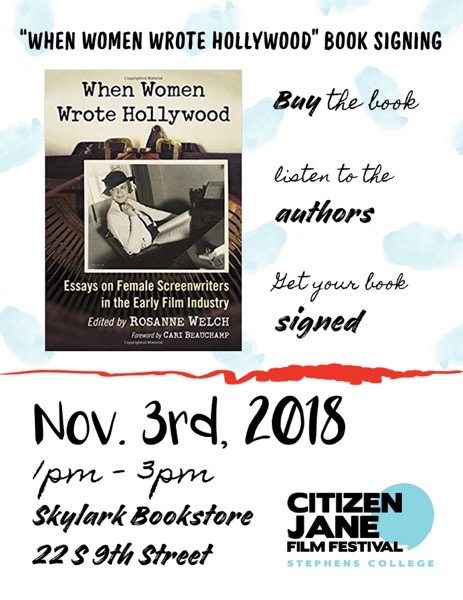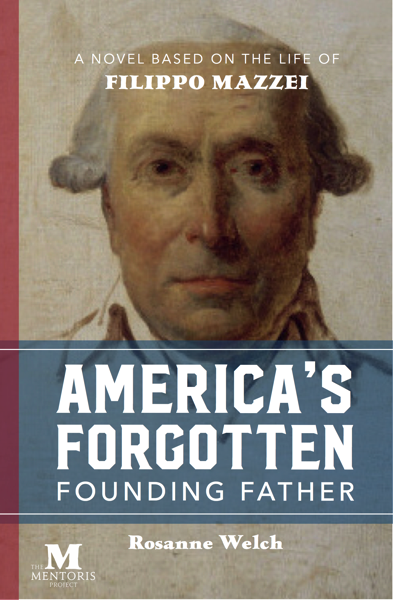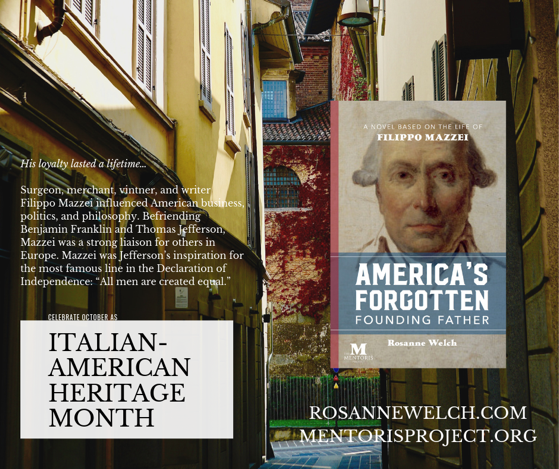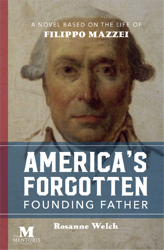
The Diary of Anne Frank is a 1959 film based on the Pulitzer Prize winning play of the same name, which was based on the diary of Anne Frank. It was directedby George Stevens, with a screenplay by Frances Goodrich and Albert Hackett. It is the first film version of both the play and the original story, and features three members of the original Broadway cast.
The film was based on the personal diary of Anne Frank, a Jewish girl who lived in hiding with her family during World War II. All her writings to her diary were addressed as “Dear Kitty”. It was published after the end of the war by her father, Otto Frank (played in the film by Joseph Schildkraut, also Jewish). All of his family members had been killed by the Nazis. The film was shot on a sound stage duplicate of the factory in Los Angeles, while exteriors were filmed at the actual building in Amsterdam.[3]
The film won three Academy Awards in 1960, including Best Supporting Actress for Shelley Winters. In 2006, it was honored as the eighteenth most inspiring American film on the list AFI’s 100 Years…100 Cheers. — Wikipedia
More about The Diary of Anne Frank (1959)
- The Diary of Anne Frank on Wikipedia
- The Diary of Anne Frank on IMDB
- The Diary of Anne Frank on Rotten Tomatoes
†††
More about Frances Goodrich and Albert Hackett
- Read more about this screenwriter in When Women Wrote Hollywood
- Like When Women Wrote Hollywood on Facebook
- Frances Goodrich and Albert Hackett on Wikipedia
- Frances Goodrich and Albert Hackett on IMDB
Biography of Frances Goodrich and Albert Hackett
Buy a signed copy of when Women Wrote Hollywood
Paperback Edition | Kindle Edition | Google Play Edition
* A portion of each sale from Amazon.com directly supports our blogs
** Many of these books may be available from your local library. Check it out!
† Available from the LA Public Library


![Want to go backstage at the Stephens MFA? Apply Now! [Video]](https://rosannewelch.com/wp-content/uploads/2018/10/stephens-behind-scenes.jpeg)

 and Follow
and Follow


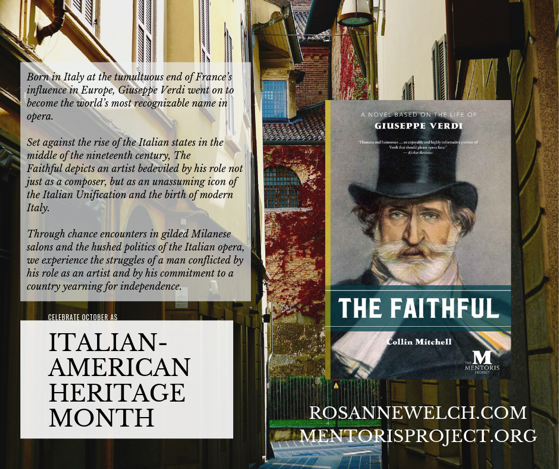













![19 Some Like It Lukewarm from How The Monkees Changed Television [Video] (1:10)](https://rosannewelch.com/wp-content/uploads/2018/10/monkees-tv-19-lukewarm.jpeg)


